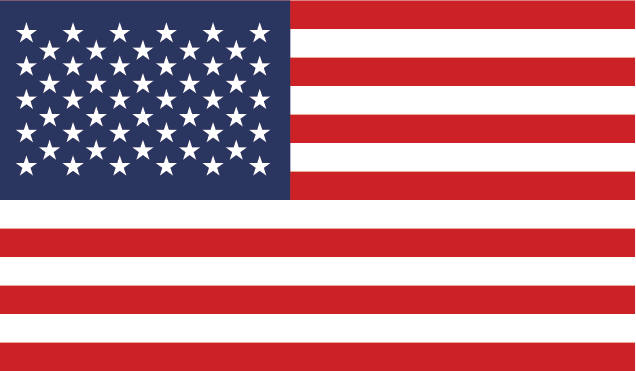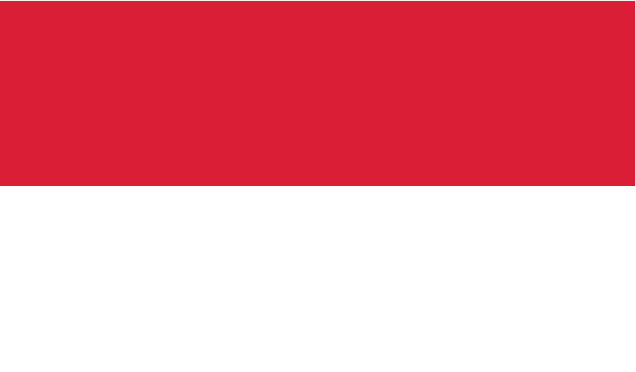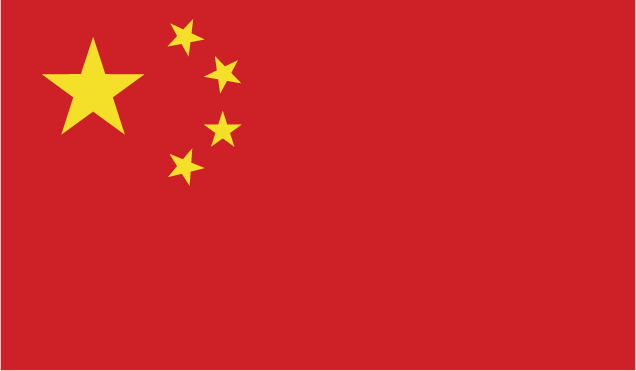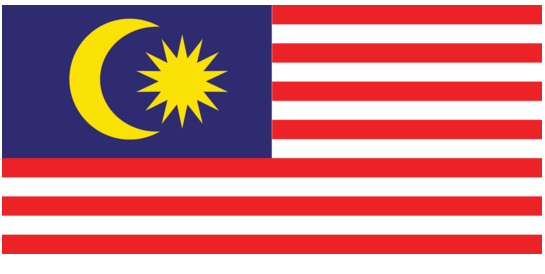
The K-Beauty Boom: How Korean Skincare Dominates Southeast Asia
The Rise of K-Beauty in Southeast Asia: An Exploration
In recent years, Korean beauty and skincare, affectionately known as “K-beauty,” has mesmerized consumers across Southeast Asia. This fascination is not an accidental trend but the result of several intricate and interwoven factors that have propelled K-beauty to soaring heights in the region.
The Hallyu Wave: Cultural Influence Fueling Popularity
The resonating global impact of Korean culture, commonly referred to as the Hallyu wave, has been instrumental in amplifying the allure of K-beauty. Hallyu encompasses the international spread of Korean entertainment, fashion, and beauty standards, all of which have captivated the global audience, creating an insatiable curiosity and desire for Korean lifestyle products. Korean drama and music icons, flaunting impeccable skin and makeup, have become inadvertent ambassadors for K-beauty, intensifying the product demand across borders.
The Preference for Korean Skincare
Surveys reveal a discernible preference for Korean beauty and skincare offerings among Southeast Asian consumers. This popularity is substantiated by statistics from countries like Malaysia, Vietnam, and Indonesia, where 65%, 61.2%, and 59.8% of respondents respectively favored K-beauty products. This widespread acceptance is more than skin-deep, rooted in consumers’ trust in the efficacy and quality-enhancing properties of these products.
A Digital Endeavor: Social Media and E-commerce
Social media platforms, especially TikTok, have been pivotal in catapulting K-beauty brands to fame. As platforms specializing in visual content, they provide the ideal stage for skincare brands to showcase product transformations and routines, leading to viral trends. Videos delineating the benefits of products from brands like Laneige, Innisfree, and Cosrx flood timelines, directly influencing consumer behavior and demand.
The role of e-commerce in this trend cannot be overstated. Platforms such as Shopee and Lazada have enabled Korean beauty brands to capitalize on the digital age, reaching a broader audience far more efficiently. This accessibility has been reflected in the substantial increase in the import of Korean cosmetics, particularly in Indonesia which saw imports rise dramatically from $3.78 million in 2015 to $45.8 million in 2020.
Product Excellence: Quality Meets Innovation
Korean beauty products are celebrated for their superior quality and innovative ingredients, spearheading global skincare trends with practices like the infamous 10-step Korean skincare routine. The promise of “glass-like” skin, synonymous with Korean beauty standards, stands as a testament to their refined formulation techniques. The blend of natural, organic components with cutting-edge technology attracts consumers keen on effective and healthy skincare solutions.
Navigating Market Trends: Skincare as a Dominant Force
The skincare segment reigns within the Southeast Asian beauty industry, boasting a 50% market share. This prime positioning is a reflection of consumer priorities, highlighting an eagerness to explore novel products branded as natural, organic, or scientifically advanced. Notably, 28% of Indonesian and 31% of Thai consumers express willingness to invest more in products promising scientifically validated benefits and natural constitution.
Localized Branding: Navigating Consumer Diversity
The remarkable success of Korean beauty brands can also be attributed to their strategic adaptation to local preferences and cultural nuances in Southeast Asia. Understanding that one size does not fit all, brands have tailored their offerings to meet diverse aesthetic and ethical needs. In Malaysia, for example, the preference leans towards alcohol-free, cruelty-free, and halal-certified products, a reflection of significant cultural and religious considerations. By integrating localized marketing strategies, K-beauty brands have not only embraced the differences but turned them into opportunities for growth and acceptance.
Conclusion
The ascendancy of Korean beauty and skincare in Southeast Asia represents an intriguing confluence of cultural influence, product innovation, strategic digital engagement, and nuanced market adaptation. It underscores a successful model of globalization, where the fusion of local and global strategies results in widespread consumer acceptance and robust market penetration. As K-beauty continues to evolve, its imprints on the Southeast Asian beauty landscape remain indelible, with potential ripple effects poised to influence broader market dynamics in the future.
The continual growth of K-beauty signifies not just a trend but a profound shift in consumer attitudes towards beauty, driven by the pursuit of both performance and authenticity in skincare products.
References:
Discover the Power of PONGO's Marketing Strategies
Elevating Your Beauty Brand
In the rapidly evolving world of K-Beauty, standing out requires more than just great product offerings. This is where PONGO TECH's innovative solutions come into play. Specializing in influencer engagement and live commerce, PONGO connects beauty brands with a wide network of influential content creators across Southeast Asia, ensuring your brand’s message resonates with the right audience. Whether you’re focusing on skincare or makeup, PONGO’s strategic integration of live streaming and data-driven marketing will amplify your brand's visibility and influence.
Why Partner with PONGO?
PONGO is a frontrunner in the Southeast Asian digital marketing arena, renowned for its professional competence and innovative approaches. Leveraging a robust network of key opinion leaders (KOLs) and cutting-edge marketing techniques, PONGO has successfully transformed numerous local and international brands. Our data analytics-driven strategies and influencer collaborations provide the insights and engagement needed to drive meaningful results. Brands like TCL and Haier have thrived through partnerships with us, underscoring our expertise and impactful approach.
Tailored Solutions for Your Needs
Navigating the beauty market can be challenging, but with PONGO by your side, you’ve got the expertise to overcome any barrier. Our local market insights combined with real-time consumer data enable us to curate tailored campaigns that directly address your brand's unique challenges. From increasing customer engagement to boosting sales through live-stream events, PONGO provides comprehensive solutions designed to achieve your specific business objectives.
Get Started Today!
Ready to elevate your beauty brand to new heights? Partner with PONGO and turn your marketing challenges into opportunities for growth. Contact us at PONGO TECH to learn more about how we can assist you in achieving stellar success in the dynamic Southeast Asian market. Let’s create impactful stories together!
co-Founder of Pongo
 English
English 



